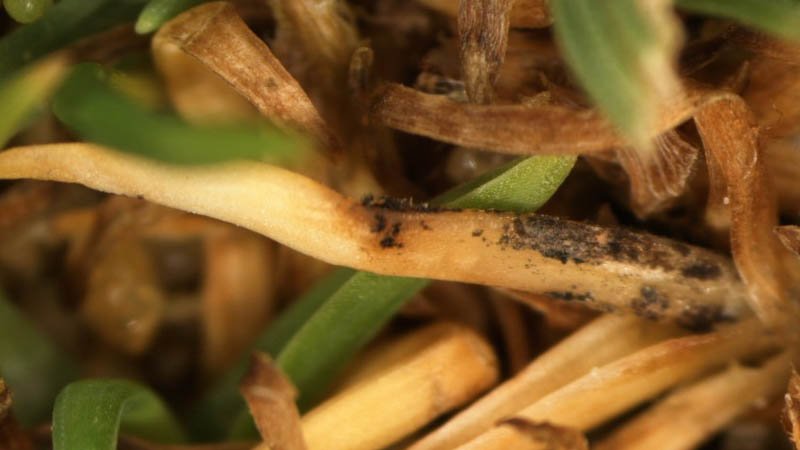
Prolonged cool, wet conditions throughout much of the country have meant that superintendents must keep two things at the ready through mid-May: a jacket and an arsenal of preferred fungicides.
Such conditions have provided a fertile environment for many turf diseases, including anthracnose.
Anthracnose thrives in cool, wet conditions in Poa annua and often recurs in areas that have been troublesome in the past.
"We have a spring this year, unlike last year. Things are coming fast and hitting us really early and we're really, really wet," said Todd Hicks, program manager for Ohio State's plant pathology department, in a recent Turf Tips video. "It seems to dry out a little bit, but the weather pattern got cool again, so we're getting lots of reports of anthracnose.
"It seems like if you had a problem with it before, it's coming back."
That includes areas that are shaded, areas where drainage is poor and places where traffic is high.
Average daily high and low temperatures in Columbus, where Ohio State is located, have been running about 10 degrees below normal in May, according to the National Weather Service. Rainfall for the year is about 50 percent above normal, according to NWS.
"This cool, wet pattern is not helping anything," Hicks said. "You can't spray your way out of this one, especially in the really bad areas. You're going to have to use your cultural techniques as an add-on to your fungicide spray to solve those problems."
Research by Rutgers University suggests low rates of soluble nitrogen applied every seven days from late spring through summer provides consistent reduction in anthracnose severity. Click here to watch a recent TurfNet webinar on managing anthracnose by Bruce Clarke, Ph.D., and Jim Murphy, Ph.D., of Rutgers.
Pink snow mold also is a lingering problem in Ohio and other areas where these cool, wet conditions continue to persist. Cool-season rhizoctonia also continues to be an issue, and on several occasions has been mis-diagnosed as pink snow mold.
"It's not uncommon to have this diagnosed all the way up into June if we have a few days of cool, wet whether," OSU plant pathologist Joe Rimelspach, Ph.D., said in the video.
Rimelspach suggests submitting samples to the lab to correctly diagnose the issue and warns that in either case the infection centers are loaded with spores and it is important to guard against spreading them to unaffected turf.
"When we get into a wet, cool period, those can move around," he said. "They can be tracked on mowers or move in water patterns.
"The good thing is it doesn't usually kill the grass, but it can be pretty alarming."

